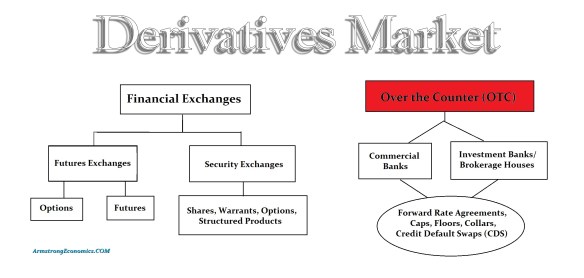
About 82 percent of the derivatives market in the United States relates to the interest rate derivatives. This reflect the real Debt Bubble that is brewing. Why did the banks need to repeal Dodd-Frank and the Volcker Rule to get taxpayer backing for their losses again? One need not look beyond the oil derivatives. The bank expected oil to rise, not fall. They are on the other-side of the hedging by oil companies. What exactly is their risk in energy can be very difficult to determined. Oil Derivatives is but a tiny fraction of the share of the 280-trillion dollar derivative market. It is not enough to trigger a financial crisis 2.0 just yet. However, a year-end closing below $57 will set in motion a cascade effect. How, this will start to impact the Credit Default Swaps in debt. Why? The Middle East, Russia, and many other nations rely upon energy revenue. As that revenue collapses, we will see more and more problems emerge in the interest rate sector. Keep in mind  that this is by no means an exclusive US banking problem. The money-center banks in Britain, Germany and Switzerland are also exposed since they followed the lead of New York.

